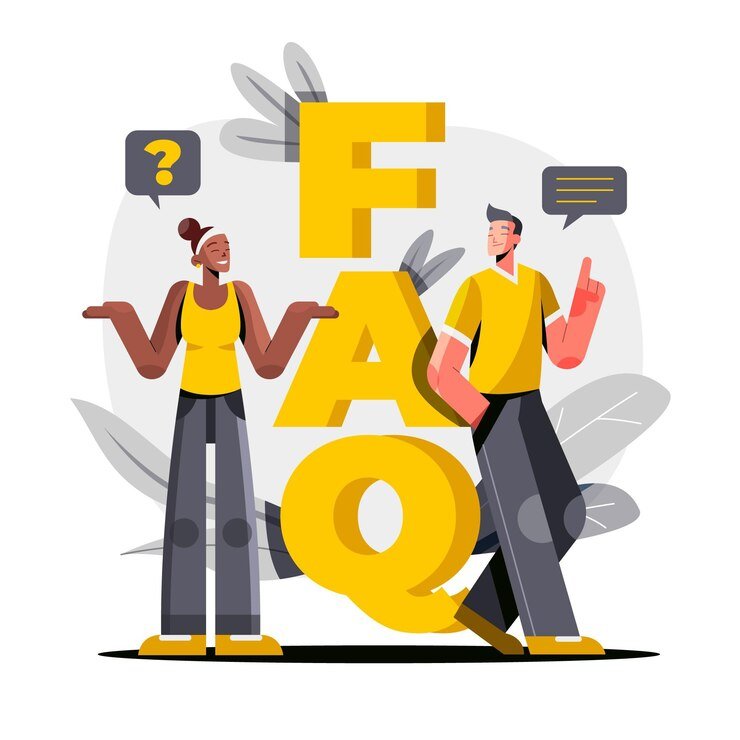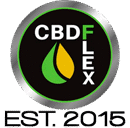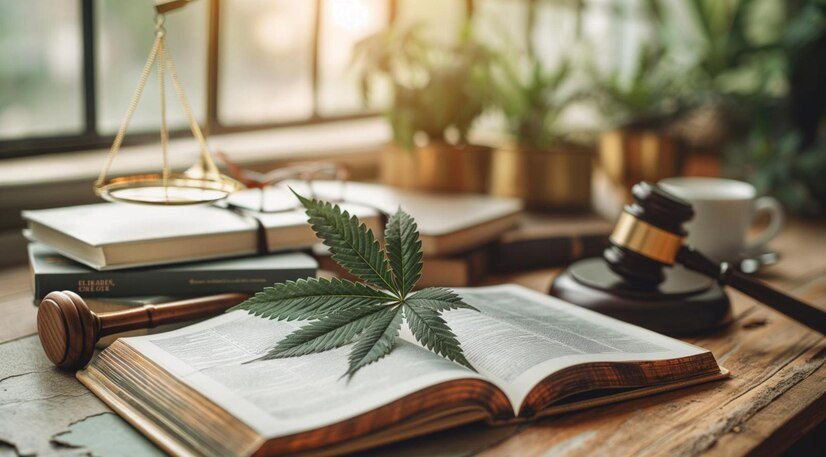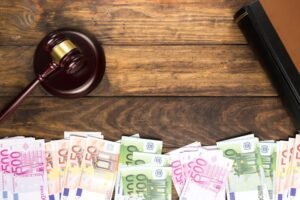CBD Legal in US: Understanding the Critical 0.3% THC Threshold for Hemp
In recent years, cannabidiol (CBD) has exploded in popularity across the United States. From oils and gummies to skincare and pet products, CBD…
Table of contents
In recent years, cannabidiol (CBD) has exploded in popularity across the United States. From oils and gummies to skincare and pet products, CBD is now a mainstream wellness option. But with its rapid rise comes confusion, especially around legality. One of the most important and misunderstood aspects is the 0.3% THC threshold. So, what does this number mean, and how does it determine whether CBD is legal in the US?
This comprehensive guide breaks down the legal landscape of CBD in the United States, focusing on the significance of the 0.3% THC rule and its impact on consumers, growers, and manufacturers.
What Makes CBD Legal in the US?
CBD derived from hemp is federally legal in the United States under specific conditions. The 2018 Farm Bill legalized industrial hemp by removing it from the list of controlled substances—as long as it contains no more than 0.3% THC by dry weight.
THC, or tetrahydrocannabinol, is the psychoactive compound found in cannabis that causes a “high.” The federal government uses this 0.3% threshold to distinguish hemp (legal) from marijuana (still federally illegal).
In short:
✅ CBD is legal in the US if it comes from hemp with ≤ 0.3% THC
❌ CBD is not legal federally if it comes from marijuana or contains more than 0.3% THC
Why the 0.3% THC Limit?
The 0.3% rule originates from research by Canadian scientist Dr. Ernest Small, who suggested this number as an arbitrary threshold to differentiate hemp from marijuana in the 1970s. Though not scientifically rigid, this threshold has since become a legal standard in the US and many other countries.
Key reasons this limit exists:
- To prevent psychoactive effects from hemp-derived products
- To ensure consumer safety and compliance
- To give legal clarity to law enforcement, growers, and retailers
- To align with international hemp definitions
How Is THC Content Measured?
THC levels in hemp and CBD products are measured by dry weight, usually via laboratory testing. This includes all THC variants: Δ9-THC and its precursors like THCA (tetrahydrocannabinolic acid), depending on how state regulators interpret federal law.
Types of tests used:
- High-Performance Liquid Chromatography (HPLC)
- Gas Chromatography (GC)
- Mass Spectrometry
All legitimate CBD manufacturers should provide Certificates of Analysis (COAs) showing their products fall within the legal 0.3% THC limit.
Are State Laws Different?
Yes—while CBD is legal in the US at the federal level (if under 0.3% THC), state laws vary widely.
For example:
- California and Colorado allow broad access to hemp and marijuana-derived CBD.
- Idaho and South Dakota have stricter rules and may only allow CBD isolate with 0% THC.
- Some states have specific packaging, labeling, or sales regulations.
Always check your local laws before purchasing or using CBD products.
Consequences of Exceeding the THC Limit
If a CBD product contains more than 0.3% THC:
- It may be classified as marijuana under federal law.
- It could result in legal action, seizures, or penalties.
- Farmers may be required to destroy “hot crops” (those that exceed the THC threshold).
- Retailers could face sanctions, especially in states with tight restrictions.
For businesses, staying compliant with the 0.3% rule is essential to avoid fines and maintain consumer trust.
Tips for Staying Legal and Safe
- Always buy from reputable brands that offer third-party lab results.
- Look for full-panel testing, not just THC concentration.
- Understand the product type: Full-spectrum may contain trace THC; broad-spectrum and isolate typically do not.
- Be cautious when traveling, especially internationally or through conservative states.
- Keep documentation, including COAs, if you’re carrying CBD on the go.
FAQs About CBD Legal in US

1. Is CBD federally legal in all 50 states?
Yes, if derived from hemp with ≤ 0.3% THC. However, state laws may impose additional restrictions.
2. Can CBD contain any THC and still be legal?
Yes, but only up to 0.3% THC by dry weight. Anything above that becomes federally illegal.
3. What happens if a product tests above 0.3% THC?
It may be considered marijuana, making it subject to federal and state marijuana laws, which could include criminal penalties or product destruction.
4. Is it safe to use full-spectrum CBD before a drug test?
Full-spectrum products may contain trace THC and could result in a positive test. If drug testing is a concern, use broad-spectrum or isolate.
5. How can I confirm if a CBD product is legal?
Check the product’s Certificate of Analysis (COA) and verify that it’s from hemp and contains less than 0.3% THC.
Final Thoughts
Understanding the 0.3% THC threshold is crucial to grasping how CBD is legal in the US. While the 2018 Farm Bill opened the door for legal hemp-derived CBD, both consumers and businesses must stay educated to remain compliant with evolving state and federal laws.
If you’re using or selling CBD, knowledge is power—and protection. Make sure to source your products carefully, understand testing standards, and stay updated with your local regulations. The CBD market is expanding rapidly, and legal clarity will help ensure long-term growth and trust.








2 Comments